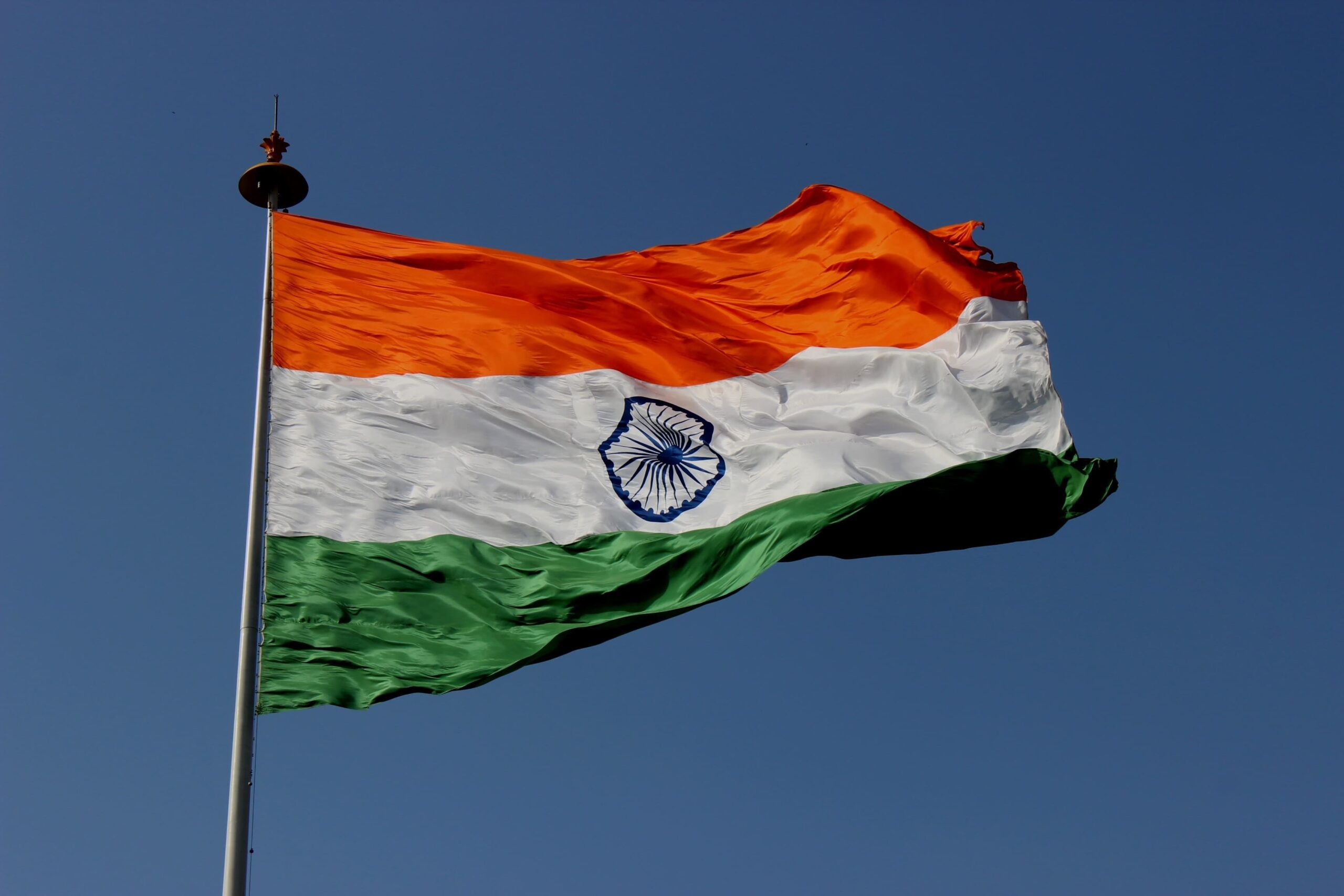The Indian flag, commonly known as the tricolor or Tiranga, is a potent symbol of India’s liberation fight and unique cultural history. As Independence Day approaches, learning about the history and symbolism of the flag that proudly floats throughout the country is vital. In this post, we’ll look at ten amazing details about the Indian flag, including its history, symbolism, and the feelings it generates in the hearts of millions.
Introduction Indian Flag
The Indian flag is a beautiful combination of saffron, white, and green, with the Ashoka Chakra – a 24-spoke wheel – at the center. Its significance is profound, representing India’s rich history, diversity, and path to independence.
1. Tri-Color Symbolism
The three horizontal stripes on the flag each have a different meaning. Saffron indicates bravery and sacrifice, white represents purity and truth, and green represents growth and fertility. The Ashoka Chakra is associated with development and mobility.
2. The Ashoka Chakra
The Ashoka Chakra, a wheel with 24 spokes, is at the core of the flag. This symbol depicts advancement, mobility, and the never-ending circle of life. It serves as a striking reminder of India’s ongoing quest for prosperity and development.
3. A Historic Design
Pingali Venkayya, a seasoned independence fighter and visionary, created the flag’s design. He showed his drawing to Mahatma Gandhi, who added the spinning wheel to symbolize India’s economic prosperity.
4. The Evolution of the Flag
The Indian flag has undergone several changes since its inception. The first version was hoisted in 1906. It went through iterations before the final design was adopted on July 22, 1947, just a few days before India’s independence.
5. The First Hoisting of the Flag
On August 7, 1906, the tricolor was raised for the first time in the Parsee Bagan Square in Calcutta (now Kolkata), signaling the beginning of the Indian independence struggle.
6. Symbol of Unity
The Indian flag acts as a unifying symbol, uniting individuals from many cultures, languages, and backgrounds under a shared identity. It symbolizes the “unity in diversity” that characterizes India.
7. Respect and Dignity
When the national anthem is performed and the flag is flown, it is customary for all people to show respect. Standing at attention is a show of respect for the flag and the country it represents.
8. Flag Code of India
To ensure the proper handling and display of the national flag, the Flag Code of India was established. This code outlines the guidelines for hoisting, folding, and respecting the flag.
9. Global Influence
The Indian flag has served as an inspiration to many other nations in their fight for freedom and self-determination. Its design and symbolism have left an indelible mark on movements all over the world.
10. A Proud Emblem of Freedom
Above all, the Indian flag represents the unshakable spirit of India’s liberation fighters and the citizens’ united commitment. It represents the country’s transition from colonial control to an independent, democratic republic.
Conclusion
The Indian flag is more than simply a piece of cloth; it represents India’s rich history, its battle for independence, and the ideals that the country cherishes. Let us take a minute on Independence Day to reflect on the sacrifices made by those who fought for our independence and to renew our resolve to building a stronger, more unified India.
FAQs
Q1: What do the three colors of the Indian flag represent?
The saffron represents courage, white signifies purity and green stands for growth.
Q2: Who designed the Indian flag?
The credit for the Indian flag’s design goes to Pingali Venkayya.
Q3: What is the significance of the Ashoka Chakra?
The Ashoka Chakra represents progress, movement, and the cycle of life.
Q4: When was the current design of the Indian flag adopted?
The final design of the Indian flag was adopted on July 22, 1947.
Q5: How is Independence Day celebrated in India?
Independence Day is celebrated with flag hoisting, cultural events, and the Prime Minister’s speech.
